Indian blueberry: an unpretentious shrub with great fruit
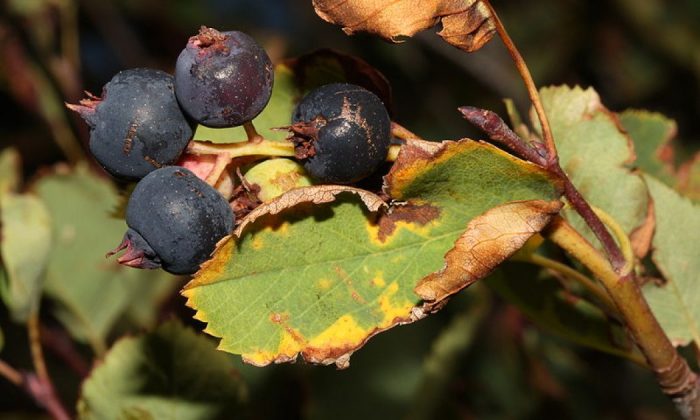
Amelanchier, also known as sarvis, juneberry, shadbush and by many other names is an undemanding shrub with great fruit. Would you like to have a “humble” shrub in your garden that offers an excellent harvest every year? Sure you would! Well, we have an excellent shrub for you! It is called Amelanchierin latinor juneberry.This “easygoing” shrub blooms in early springand bears fruit very early – earlier than many other berries. It is often referred to as an Alaskan or Native American blueberry. Let us take a closer look at its origin, beneficial substances and cultivation.
Amelanchier, sarvis, juneberry, shadbush, Alaskan blueberry and many other names
You should not be surprised if you hear people calling it the Alaskan blueberry, since it grows mostly in Canada and United States of Americabut you can grow it in your garden too. There is no need to provide a specific habitat or soil. Fruit may be harvested continuously, and that is something that everyone appreciates. The fruit is strikingly similar to aronia, also known as chokeberries. Many claim that juneberries taste better than the majority of other blueberries.
Lots of vitamins and minerals
Juneberries are often associated with anti-cancer effects,maybe because they contain a plethora of vitamins C, A and B, plus minerals and various dyes. The flesh is dark crimson red, and the fruit is often used to colour various dishes and sweets. You can eat berries directly, freeze them or process them in many ways. You can also brew tea from dried leaves,which is used to fight insomnia and intestinal problems.
Easy growing and propagation
Juneberry will grow almost anywhere, as it has a very low “living” requirements. But, if you want great and unique taste, plant it in a sunny spot. Berries can be 1 centimetre in sizeand as already mentioned, they ripen gradually, so you can enjoy them for a long time. Regular harvesting helps the plant too. Juneberry is very resistant, it can withstand frosts down to -30 °C. The bush starts producing fruits 2 to 3 years after planting. It can handle drought, but we recommend regular watering as it will reward you handsomely.You can propagate junberrry by sowing, cuttings, layering and grafting. Grafting is usually done on woodland hawthorn.
Photo: commons.wikimedia.org
Do not worry about diseases and pests
Juneberry is very resilient, but occasionally you can see powdery mildew or aphids.Pets do not like this shrub much. Maybe because the leaves are stiff, “hairy” and felt-like, and that can be a problem for many pests.
Preview photo: commons.wikimedia.org

Gardening is my hobby, I have a lot of experience and I am happy to share it.
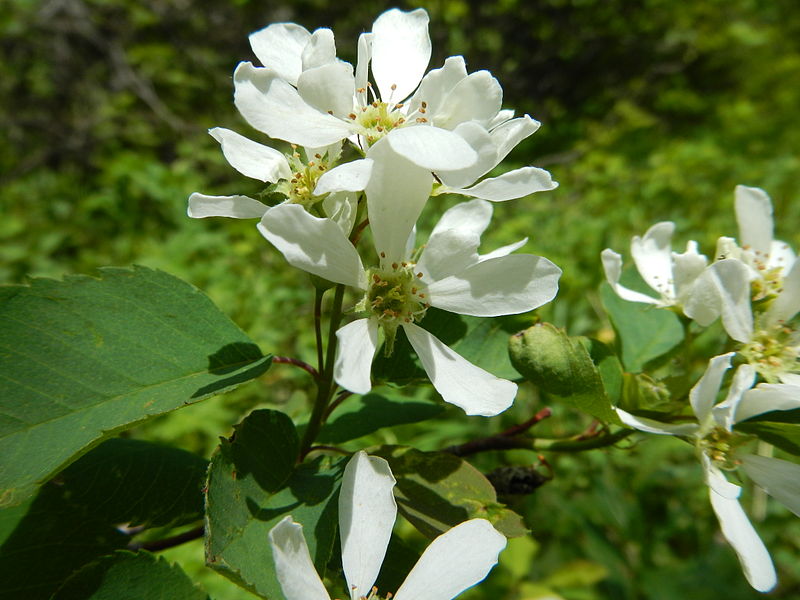
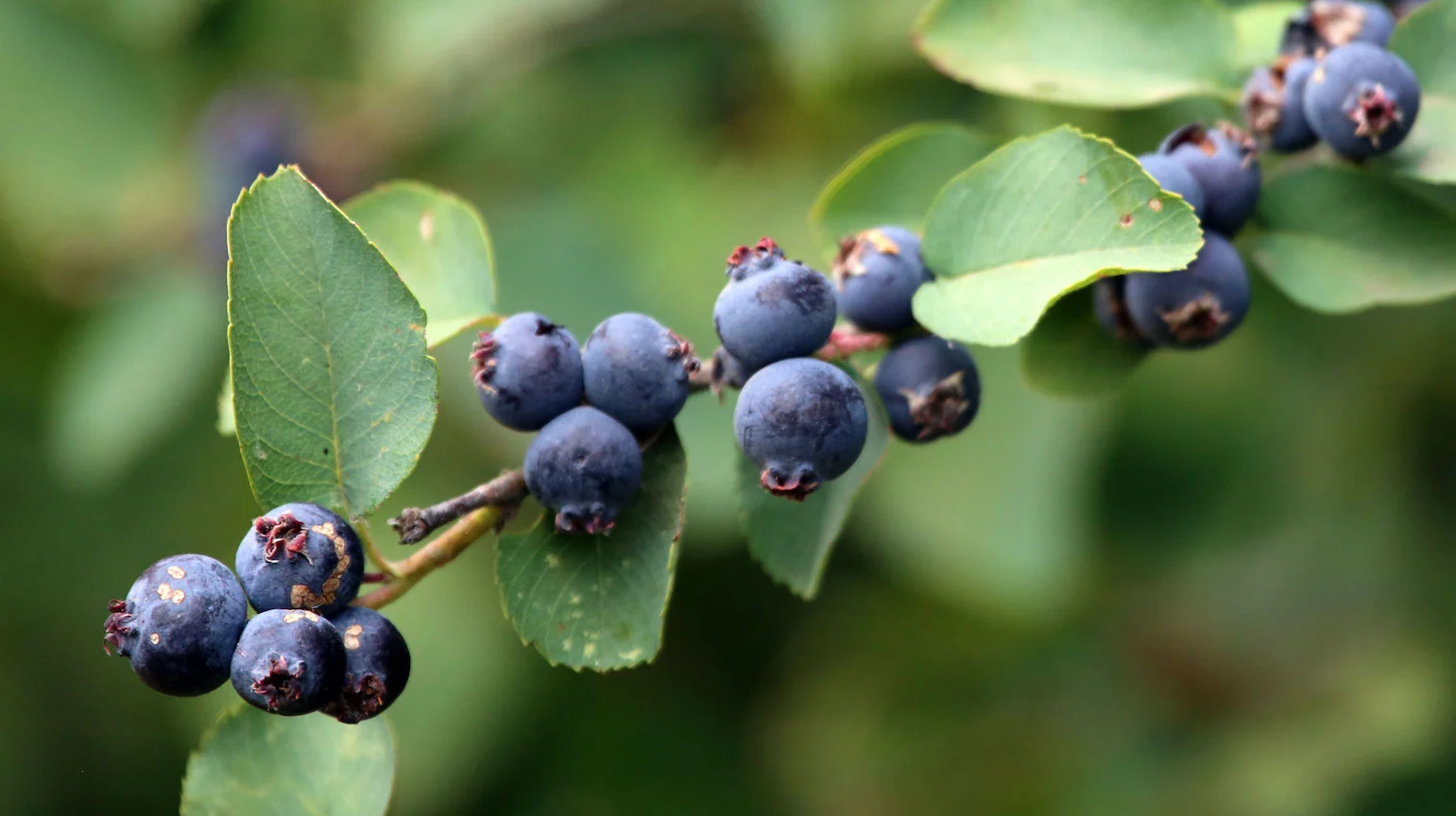




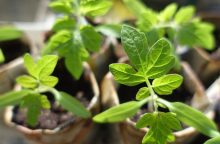
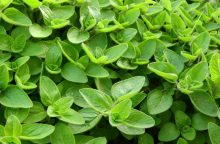
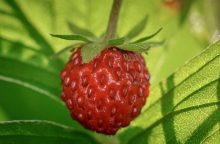

0 comments